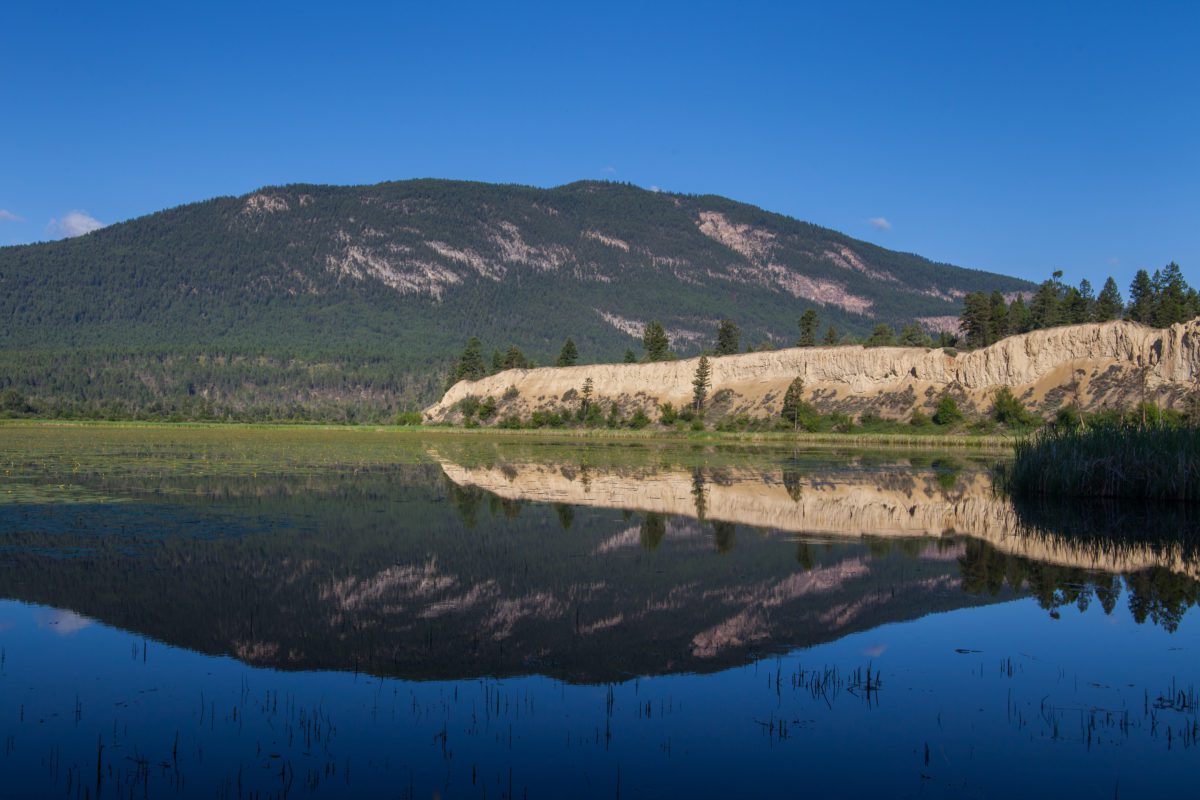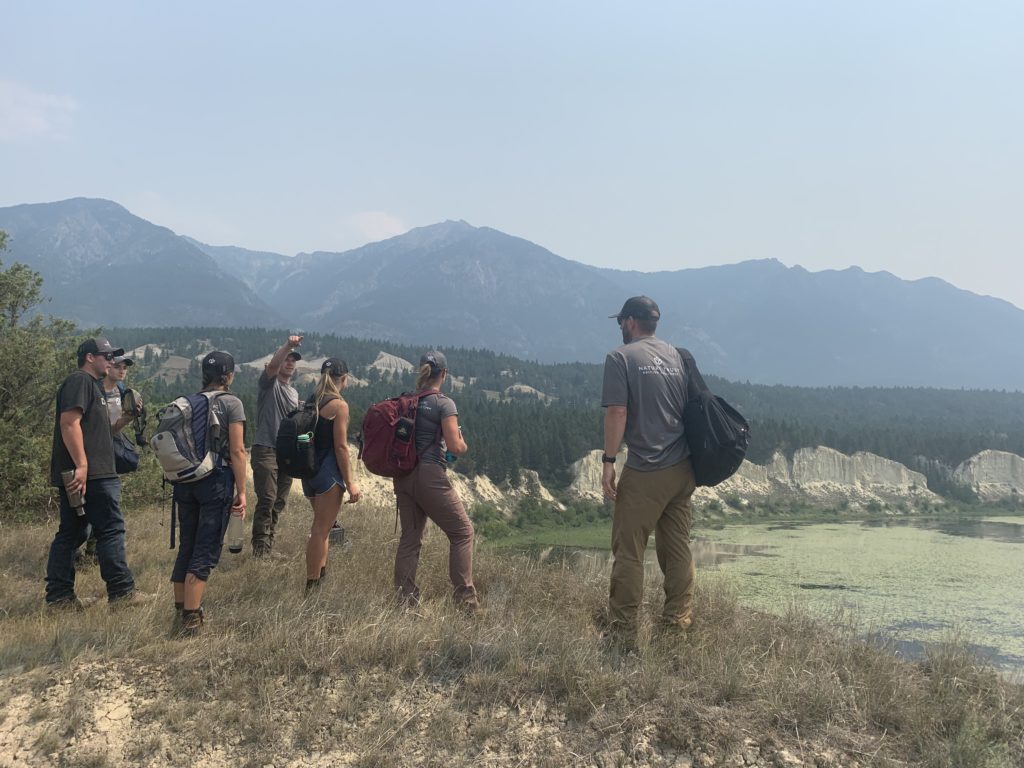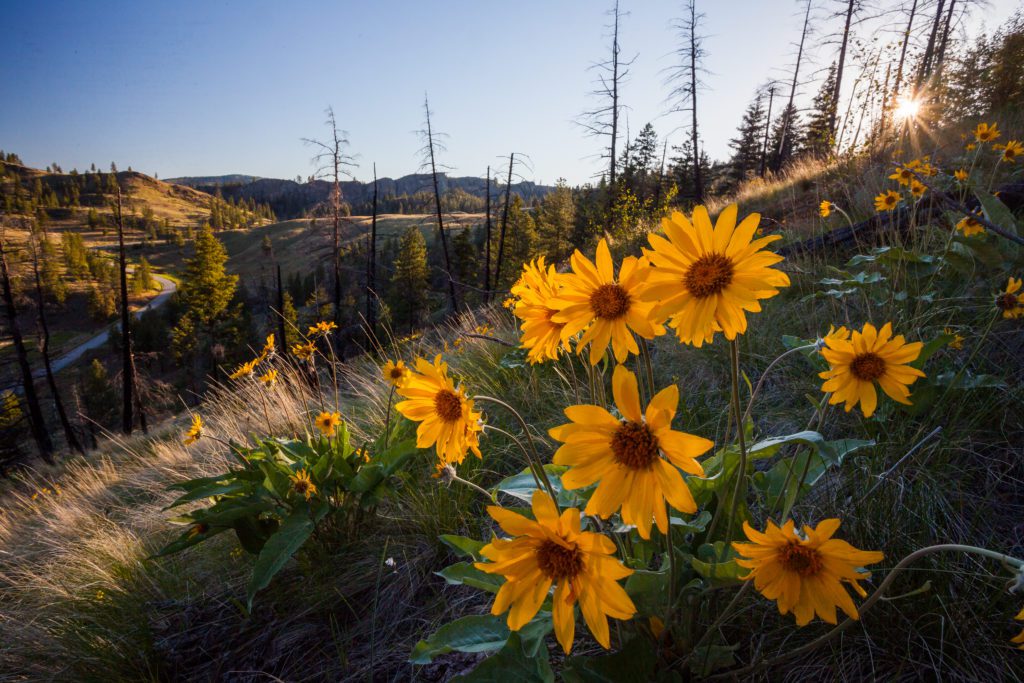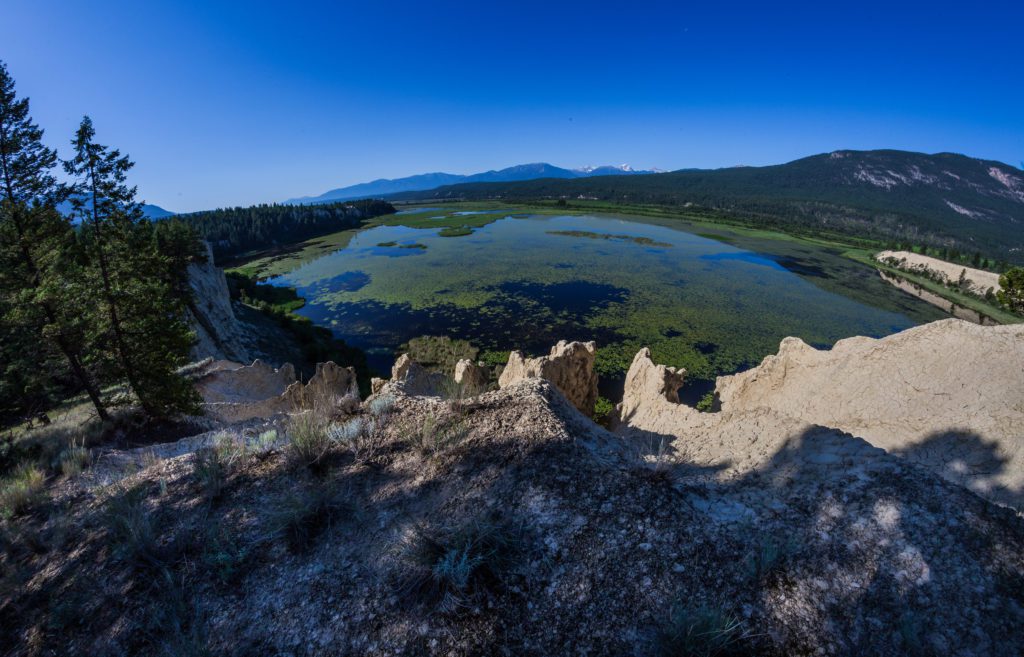
What is a Local Conservation Fund?
Local Conservation Funds are tax-based services established by local governments to generate funds dedicated to environmental land conservation in a particular community. If adopted, a Local Conservation Fund to support environmental conservation and sustainability becomes a government service, just like garbage collection, park maintenance, and road work. Typically, conservation projects are proposed by local organizations, reviewed by technical experts, and their funding allocations are decided upon by local government officials.
Proponents of Local Conservation Funds development believe that these funds are excellent ways to support local priorities such as clean water, ecologically significant habitats, healthy wildlife populations, and community sustainability. Essentially, Local Conservation Funds provide funding to protect and maintain ecosystem services that support healthy communities.
“This is a unique way to acknowledge values that are important to communities and to generate a fund that is used to support conservation projects and land acquisition,” says Juliet Craig, Program Director for the Kootenay Conservation Program, which works in partnership with local governments to establish and administer these funds.

These kinds of funds are a relatively new phenomenon in BC. According to Craig, there are currently four Local Conservation Funds in British Columbia, two in the Okanagan and two in the Kootenays.
“The first of its kind was in 2008 in the Columbia Valley, and then in 2014, the Kootenay Lake Local Conservation Fund was established.” Local Conservation Funds were also created in the South and North Okanagan regions in 2016 and 2020 respectively, and another is going to referendum in the Slocan Valley this fall.
More and more communities are recognizing the value of local conservation funds and exploring this service for their region. Local Conservation Funds can support a broad array of projects that meet local priorities, including land acquisitions, habitat enhancement and restoration, and stewardship of important ecosystems for example. Conservation partnerships have been instrumental in assisting local governments with this process and these partnerships often include land trusts, Indigenous organizations, fish and wildlife clubs, and many more groups.
The Nature Trust of BC has received funding through the Columbia Valley Local Conservation Fund including a significant contribution to the Columbia Wetlands Edgewater property, a 171.5-hectare property with a mosaic of habitats including wetlands, grasslands and riparian floodplain. NTBC also received funding to support restoration activities on the Hoodoos Conservation Property to protect its ecological values.

The Nature Trust was one of the first recipients to be approved for funding after the South Okanagan Conservation Fund was established, allowing the purchase of a 32.2-hectare section of the Park Rill Creek Infill in 2018. This land is now part of the White Lake Basin Biodiversity Ranch. This allows The Nature Trust to conserve the important ecological values of this property in perpetuity.
“That’s been really helpful to our goals in terms of protecting biodiversity in BC” says Nature Trust of BC Conservation Land Specialist Bryn White.
“When there’s a local investment through local conservation funds, those anchor dollars help to obtain other matching funds to support conservation projects whether they be securement of land or restoration and enhancement of habitat. It really is a powerful return on a local investment.”

Overall, Local Conservation Funds have demonstrated themselves to be a useful tool for conservation and we look forward to supporting communities as they drive and achieve local environmental and sustainability priorities.
